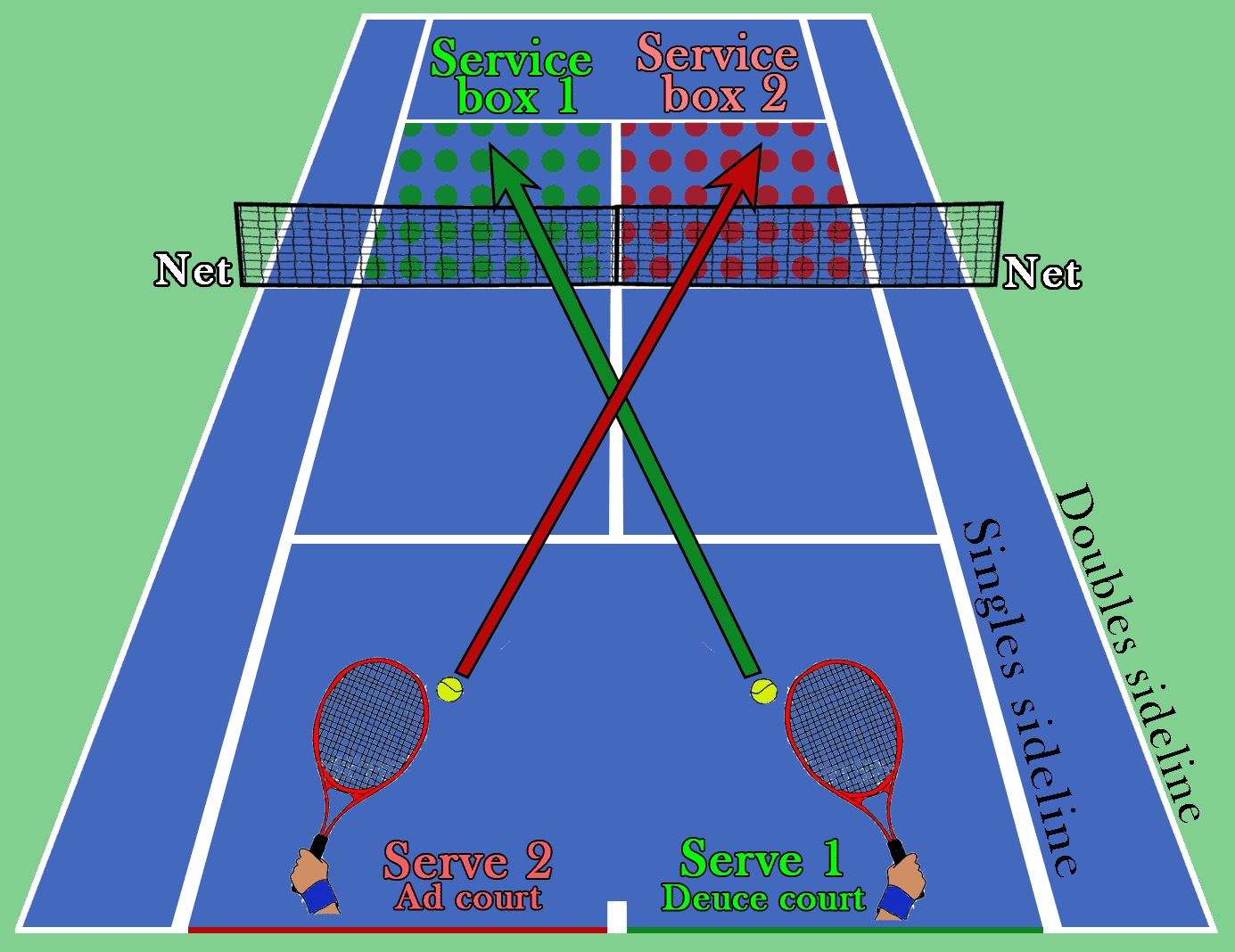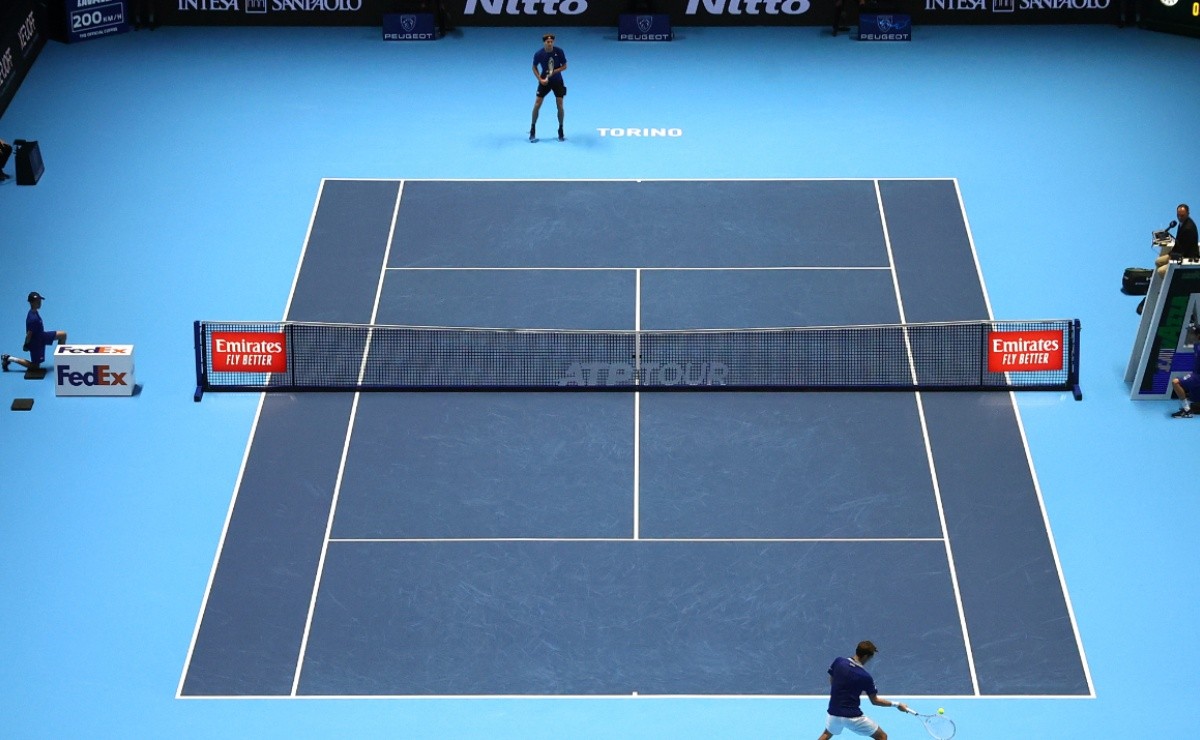Tiebreak Scoring System

A tiebreak is a scoring system used in tennis to decide a set when both players are tied at 6-6. It is a sudden death format, where the first player to reach 7 points with a margin of at least 2 points wins the tiebreak and the set.
The scoring system in a tiebreak is different from the regular scoring system in tennis. Instead of using the traditional 15, 30, 40, and game format, the tiebreak uses a simple point-scoring system. Each point is worth 1 point, and the player who wins the point adds it to their score. The first player to reach 7 points with a margin of at least 2 points wins the tiebreak.
For example, if the score in a tiebreak is 6-5, the next point is crucial. If Player A wins the next point, they will win the tiebreak and the set. However, if Player B wins the next point, the score will be 6-6, and the tiebreak will continue until one player reaches 7 points with a margin of at least 2 points.
Significance of Reaching a Certain Score
Reaching a certain score in a tiebreak can have a significant impact on the outcome of the set. For example, if a player reaches 6 points before their opponent, they are in a strong position to win the tiebreak. This is because they only need to win one more point to win the tiebreak, while their opponent needs to win two points in a row.
Similarly, if a player reaches 5 points before their opponent, they are in a good position to win the tiebreak. This is because they only need to win two more points to win the tiebreak, while their opponent needs to win three points in a row.
Serving Rules in a Tiebreak: Tennis Tiebreak Rules

Tennis tiebreak rules – In a tiebreak, players alternate serving two points each, starting with the player who served first in the set. After the first six points, the order of serving is reversed. The player who wins the seventh point serves the eighth and ninth points, and so on.
The serve in a tiebreak must be hit diagonally into the opposite service court. The server must keep both feet behind the baseline and within the singles court. The serve must land within the service court and clear the net. If the serve fails to meet any of these requirements, it is a fault. Two consecutive faults result in a point for the opponent.
Impact of Serving First or Second in a Tiebreak, Tennis tiebreak rules
Serving first in a tiebreak can be an advantage, as it allows the server to dictate the pace of play and put pressure on the receiver. However, serving second can also be an advantage, as the receiver has the opportunity to read the server’s serve and react accordingly.
In tennis, tiebreaks are used to decide a set when the score reaches 6-6. A tiebreak is played to seven points, with the player who wins the most points by a margin of two winning the set. Tiebreaks are often used in Grand Slam tournaments, such as the carlos alcaraz grand slams , to decide a set when the score is tied at 6-6.
Tiebreaks can be very exciting, as they often come down to the wire.
Tennis tiebreak rules dictate a sudden-death format to determine the winner of a set that reaches 6-6. This intense format, designed to break deadlocks, adds an element of drama to matches, as seen in the gripping Wimbledon final. The tiebreak rules ensure that the outcome of a match is not solely determined by the number of games won but also by the players’ ability to perform under pressure in these high-stakes situations.